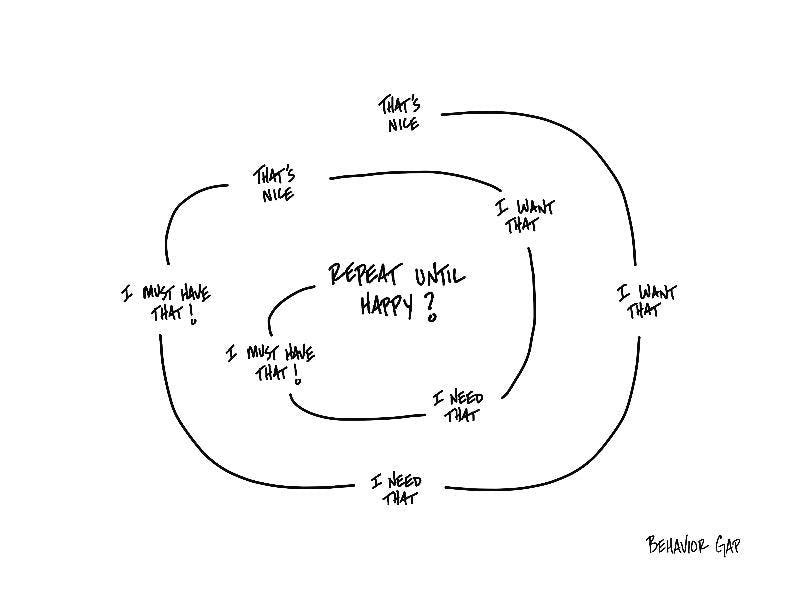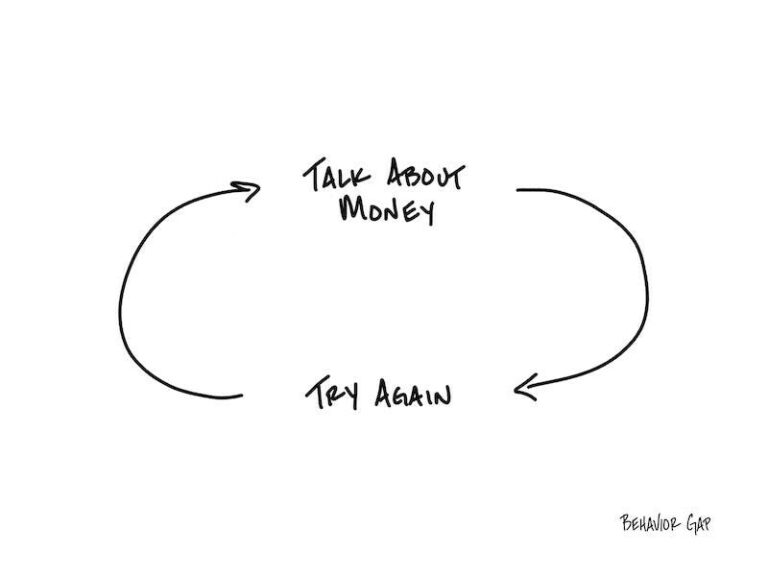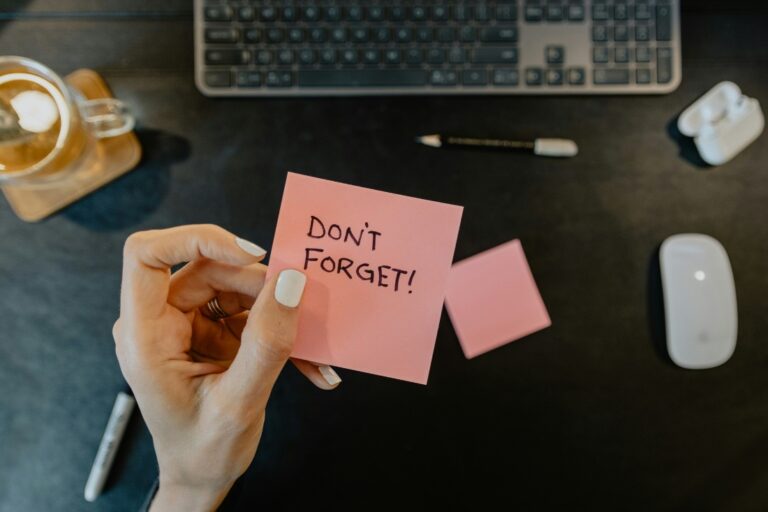
Carl Richards is a Certified Financial Planner™ and creator of the Sketch Guy column, appearing weekly in The New York Times since 2010. The following article is reproduced with permission from his weekly newsletter and his website can be found here.
Greetings, Carl here.
One of the most challenging personal finance issues we all face is an ever-expanding definition of “need.”
Things we once thought of as clear luxuries somehow become necessities, often without any consideration of how the change in status happened.
Cars that seemed just fine a few years ago now seem old-fashioned. Remember when the idea of giving a kid a cell phone—much less an iPhone and iPad to boot—seemed outlandish?
Of course, I can’t help but ask the following questions:
- What if financial happiness is not about getting more but about wanting less?
- What if things start out as wants and become needs not because the thing itself has changed but because our feelings about it have changed?
- What if you can never really get enough of something that you don’t need?
Look, we all know that the shiny new toy we just had to have often ends up in the pile of things we need to sell at a garage sale or donate to charity.
This is yet another example of why personal finance can be so complex—because there’s no definitive list of the 100 things that every family must have. So these decisions end up being incredibly personal.
But don’t despair… Over the years, I’ve gathered a couple of righteous tricks from personal experience and feedback from readers like you. To help draw a line in the sand between “want” and “need,” try the following:
1- Don’t buy things immediately.
Sleep on the decision overnight. Pro tip: This works for e-shopping, too. Before I buy a book on Amazon, it has to sit in my cart for at least 72 hours.
2- Implement a “Stuff” quarantine.
Nothing new comes into the house without sitting in the garage for three days. Then, if you still feel like you need it… it comes in. Otherwise, it can be returned to the store.
3- Use the One In, One Out rule.
For every single thing you bring in the house, one thing has to go out of the house (and not into the garage… far, far away). You can do this with books, clothing, anything.
The important thing is to engage in the process of trying to get clear on the difference between what you want and what you need.
Put some space between yourself and the impulse to buy, and use that space to reflect.
-Carl
P.S. As always, if you want to use this sketch, you can buy it here.


